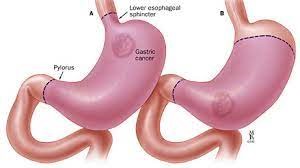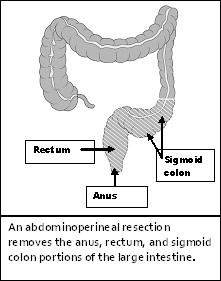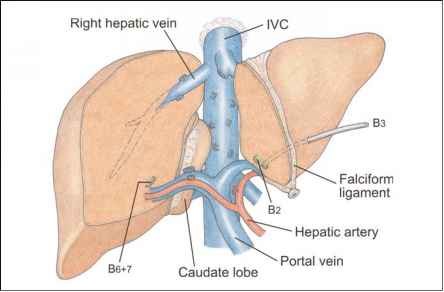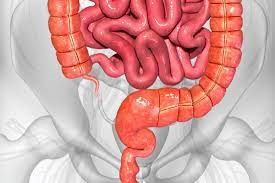Treatment
for Gastric Carcinoma – Radical Gastrectomy
What is the treatment for gastric carcinoma/radical gastrectomy?
Gastric
carcinoma is treated by radical gastrectomy, which is one of the most popular
surgical procedures. It includes small early cancer of the upper stomach,
localised cancer of the upper stomach, and gastric cancer without metastases.
This procedure involves removing a section of the stomach that has gotten
involved with gastric cancer.
What are the symptoms of gastric carcinoma?
There may be no signs early on in gastric cancer instances, but later symptoms like as bloating after eating, loss of appetite, nausea, indigestion, heartburn, and so on may develop. Blood in the stools, vomiting, weight loss, stomach ache, difficulty swallowing food, jaundice, and abnormal fluid buildup in the stomach (a condition known as Ascites) may emerge in the latter stages.
What are the types of Gastrectomy?
There are four different
types of gastrectomy depending on which section of the stomach needs to be
removed.
— Total Gastrectomy: This procedure involves removing the whole stomach, as
well as the surrounding lymph nodes and sections of the oesophagus and small
intestine.
—Partial gastrectomy: this procedure involves removing the cancerous area of
the stomach, as well as nearby lymph nodes and other organs.
—Sleeve Gastrectomy: This procedure includes removing the stomach’s left side.
—Esophagogastrectomy: This procedure removes the top part of the stomach, a
segment of the oesophagus, and the tube that connects the throat to the
stomach.
Treatment for Rectal Cancer – Abdominoperineal Resection Procedure, Anterior Resection Surgery
What is Abdominoperineal resection procedure?
The abdominoperineal resection procedure is used to treat anus, rectum, and sigmoid colon tumours. During the procedure, all three are removed.
Why is anterior resection performed?
Anterior resection is used to treat rectal cancer. The cancer-affected section of the rectum is excised during surgery, and the remaining portion is connected to the colon.

How to prepare for the surgery?
A
full physical examination will be recommended by the doctor prior to the
treatment to rule out any potential issues that must be addressed before the
procedure.
Following the surgery, the doctor will inform the patient if a’stoma’ is
required.
A stoma is an opening in the abdominal wall created by a surgeon during surgery
to allow waste to exit the body, which is difficult if the rectum is blocked.
The waste from the stoma is collected in the colostomy bag.
What are the symptoms of rectal cancer?
The symptoms of rectal cancer are as follows:
· Dark color or bright red stools
· Sudden and unexplained weight loss
· Abdominal pain
· Fatigue and weakness
· Diarrhea
Treatment for Cancer of Colon – Hemicolectomy
What is Hemicolectomy?
Colon
Surgery is a procedure that is used to remove the colon.
One side of the colon is removed during a hemicolectomy, or colon removal
procedure. The two types of hemicolectomy are right and left hemicolectomy.
A right hemicolectomy is a surgical procedure in which the right side of the
colon is removed and the small intestine is attached to the remaining colon.
The fundamental difference between a left hemicolectomy and a right colectomy is that a left hemicolectomy removes the left part of the colon. The surgeon links the transverse colon to the rectum directly during the procedure, and the left side of the colon is attached to the rectum.
Why is the procedure carried?
The procedure is carried out for the following reasons are:
· Colon cancer
· Bowel cancer
· Inflammatory bowel disease
· Crohn’s disease
· Abnormal tissue growth in the colon that may lead to cancer
· Diverticulitis, a condition where diverticula in the colon gets infected or inflamed
· Treatment for Liver Cancer – Hepatectomy
· What is hepatectomy – Surgery for the removal of liver and why is it done?
·
Hepatectomy is a surgical procedure in which a
piece or the complete liver is removed. The purpose of this surgery is to treat
liver cancer.
·
What are the treatments available for
liver cancer?
· Localized approach
· Heating the cancer cells: Using imaging tests like CT scans, MRI scans, and ultrasound as a guide, thin needles are inserted into the belly through small incisions, and an electric current is pushed through to burn and kill cancer cells.
· Freezing cancer cells: The doctor locates the tumours using ultrasound images, then inserts a cryoprobe containing liquid nitrogen directly on the tumours, killing the cells due to the extreme cold.
· Alcohol injections to the tumor: To force cancer cells to die, alcohol is injected into them through the skin or during surgery.
· Chemotherapy: Chemotherapy is the process of administering powerful anti-cancer medications directly to the liver.

· What is splenectomy (Removal of spleen) and why is it performed?
·
Splenectomy
is a surgical procedure that removes the spleen. It’s used to treat a range of
spleen-related illnesses and disorders.
The spleen is an organ located beneath the rib cage on the upper left side of
the abdomen.
· How is the procedure carried out?
·
The
spleen can also be removed with minimally invasive surgery or an open
operation. The surgeon decides which one to utilise based on the patient’s
condition.
The procedure is carried out under the influence of general anaesthetic. The
surgeon makes an incision in the centre of the abdomen, separating the other
tissues and muscles, using an open method. Surgical tools are used to remove
the spleen once it is visible.
The surgery begins with incisions around the belly button and the installation
of a tiny device known as a port, which creates a hole in the abdomen that will
be filled with gas after the patient is asleep (carbon dioxide).
· Treatment for intestinal obstruction
·
What is an intestinal obstruction?
· An intestinal obstruction is a blockage that prevents food from moving freely. Intestinal obstructions can be caused by hernias, colon cancer, or Crohn’s disease. Because intestinal obstructions can be fatal, it’s crucial to get the proper treatment and diagnosis.
· An emergency surgeries done and the involved intestine is Resected.
Surgery for intestinal perforation
Intestinal perforation
Intestinal perforation is a disorder in which a hole forms in the stomach or small intestine.
What are the treatments available for the condition?
To plug the holes, surgery is almost always required. The main purpose of the surgery is to fix the causes of peritonitis and anatomical difficulties, as well as to remove the foreign objects that produced the hole.


